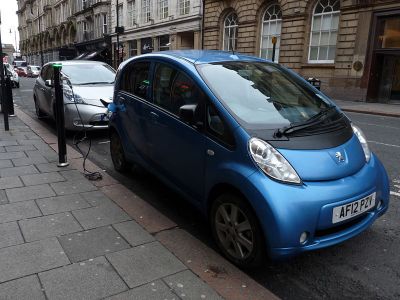In contrast to
conventional Li–ion batteries, metal–air batteries use oxygen from the
surrounding air rather than that stored in chemicals in the battery
itself. This decreases weight and mass and also increases energy
density, or the energy delivered compared to the size of the battery.
Despite their benefits, making rechargeable versions of metal–air
batteries has been difficult and they are currently only available as
primary units.
The EU-funded project 'New concept of metal-air battery for automotive application based on advanced nanomaterials' (NECOBAUT)
is developing an iron–air battery exploiting low-cost nano-structured
carbon electrode materials and a potassium hydroxide electrolyte. The
main market sector is fully electric vehicles.
For the anode side, the team investigated various iron carbide
nano-structured materials supported on high-surface carbon prepared by a
project partner. Additives were included to minimise hydrogen evolution
and enhance charging efficiency.
Several catalysts for the air side (cathode) were tested, including
innovative perovskite materials developed in the project. These were
evaluated on both commercial carbon supports and on project carbon.
Perovskite supported on project carbon was the most promising catalyst.
Iron and air electrodes have been manufactured and assembled in a
novel metal–air battery cell in which the electrolyte is circulated to
dissipate heat and remove gases. A separator prevents internal short
circuits and improves safety.
Preliminary tests demonstrate its potential to meet energy density
goals so the team is now conducting studies to charge the cell at higher
current densities. A cell model is aiding in optimisation of designs.
Optimisation of all materials and components under a number of
operating conditions during the next period will facilitate design of
the final prototype. It is planned to have higher electrode energy
capacities and enhanced corrosion resistance, among other improvements. A
low-cost and durable alternative to Li–ion batteries that can take
all-electric cars farther before recharging will have major impact.
Widespread market uptake of such vehicles will have important benefits
for manufacturers, consumers and the environment.
 EN
EN  CS
CS DE
DE ES
ES FR
FR HU
HU IT
IT PL
PL PT
PT РУ
РУ SK
SK TR
TR УК
УК AR
AR 中文
中文







